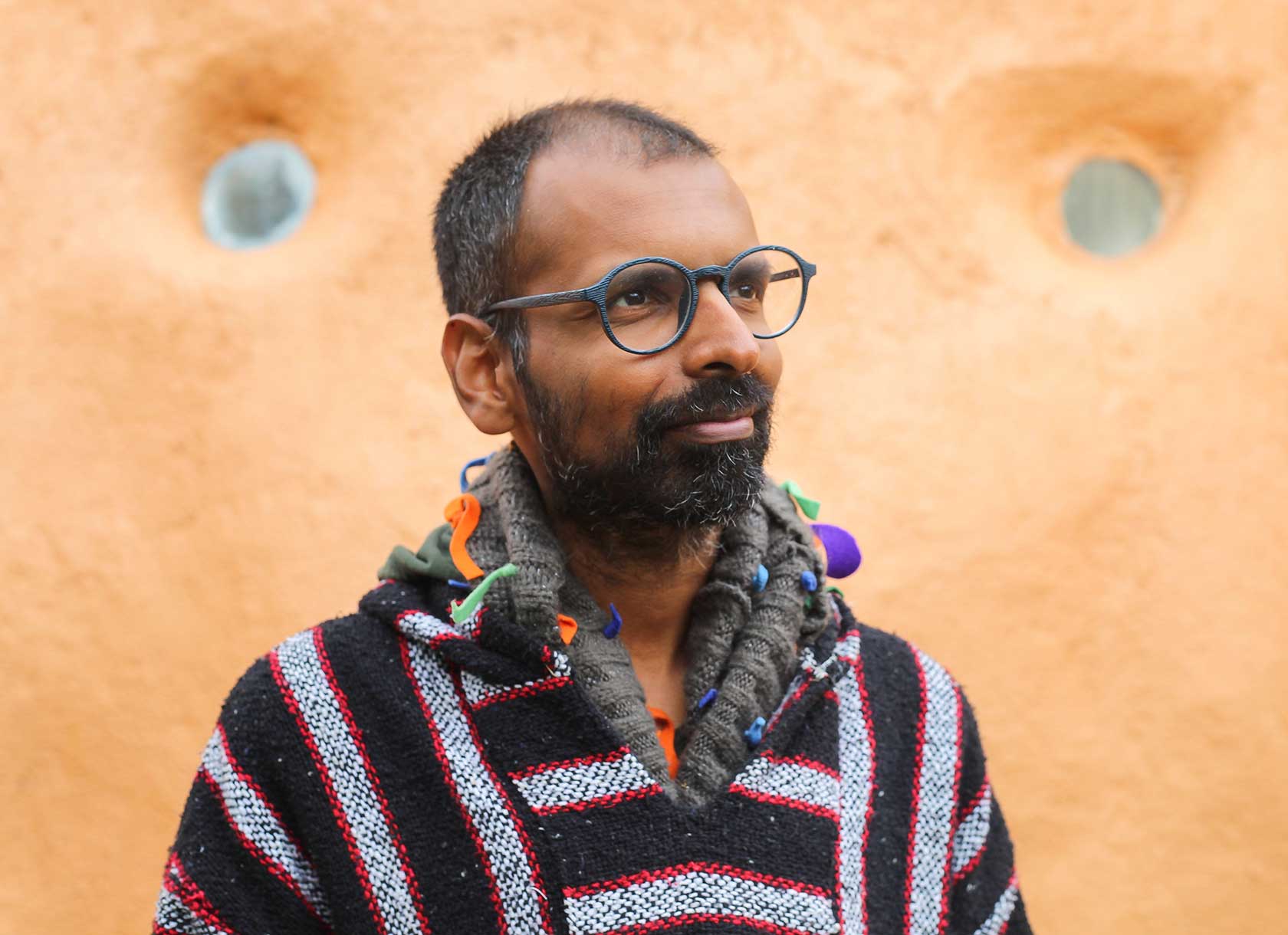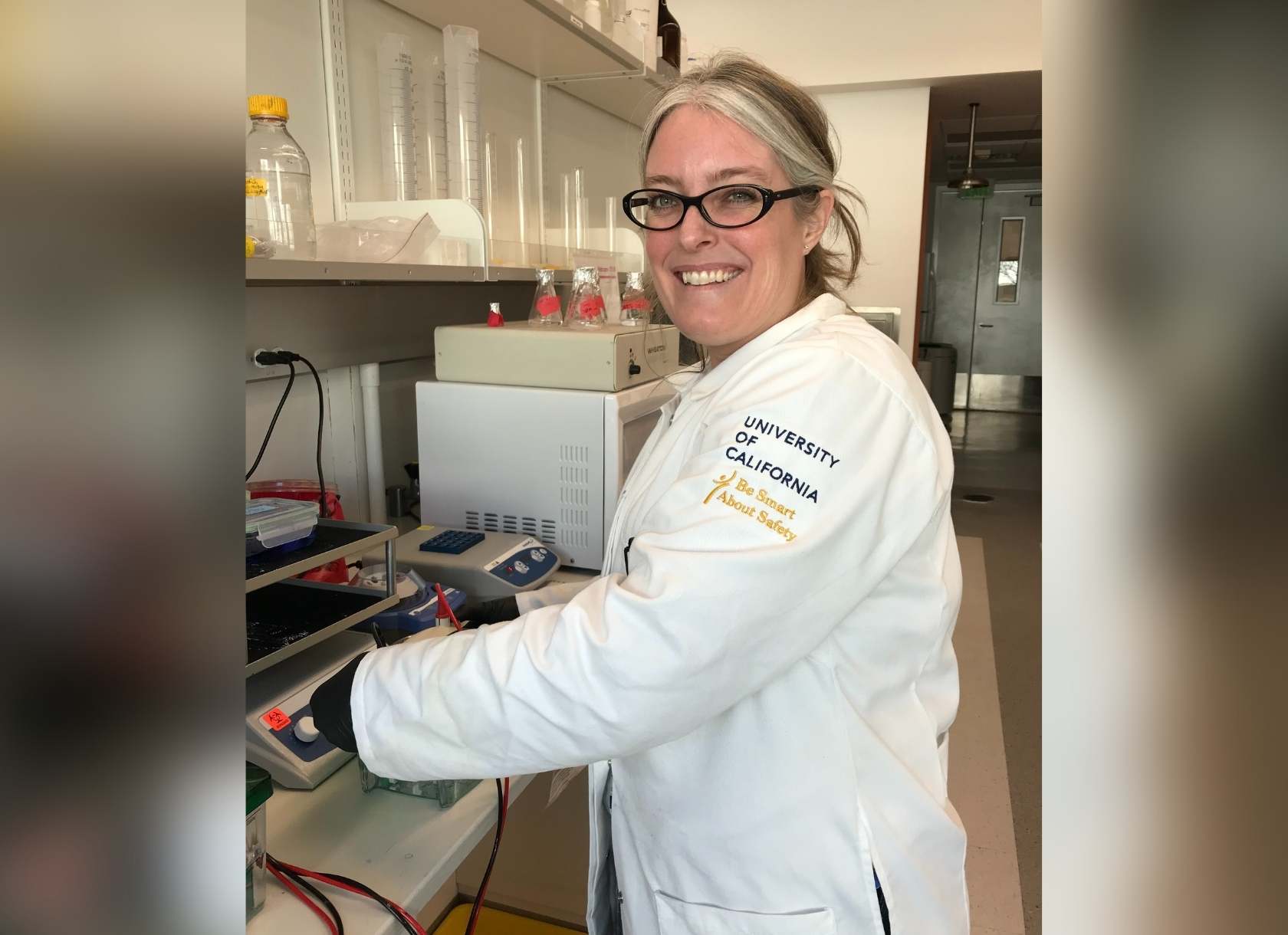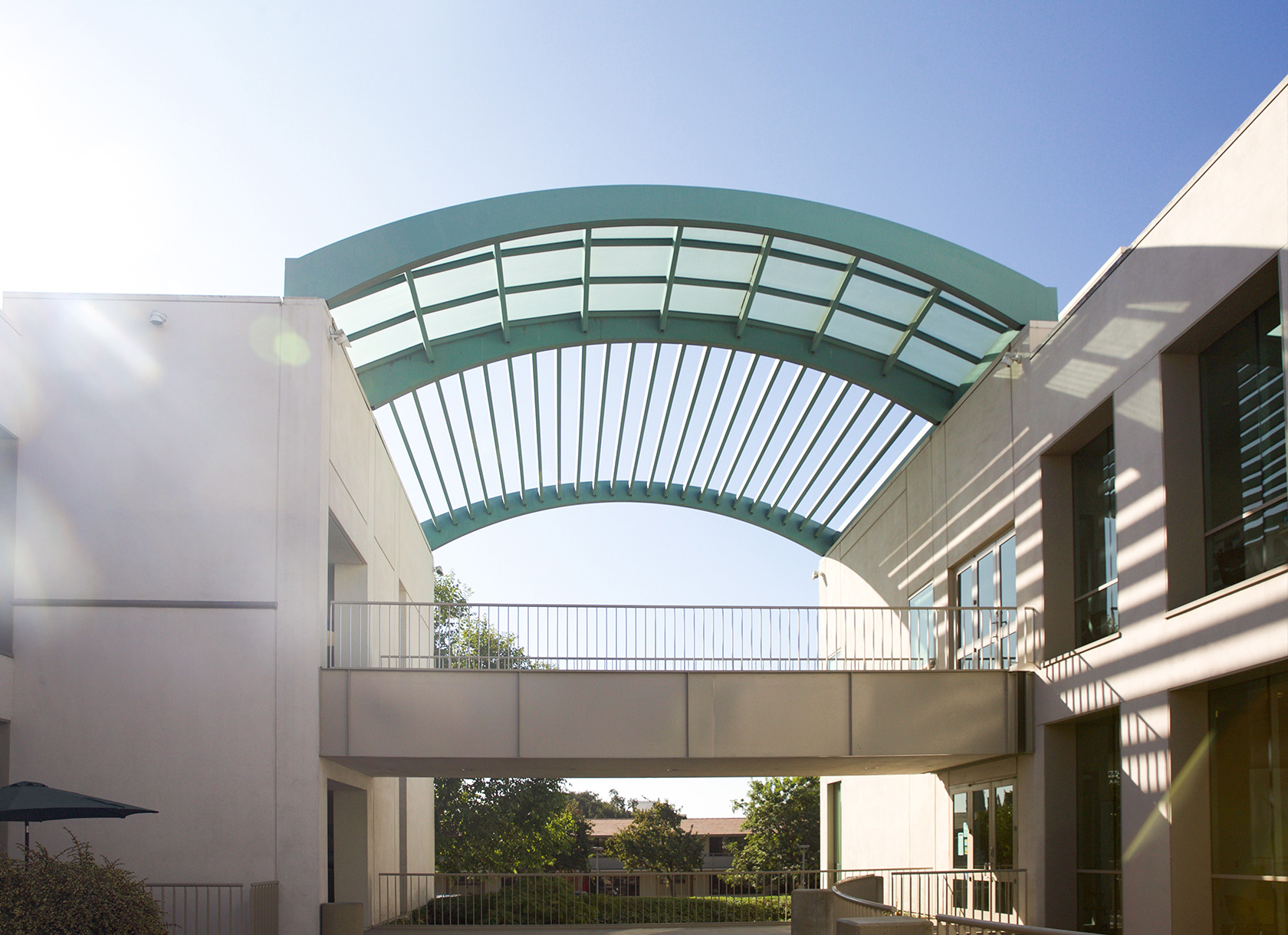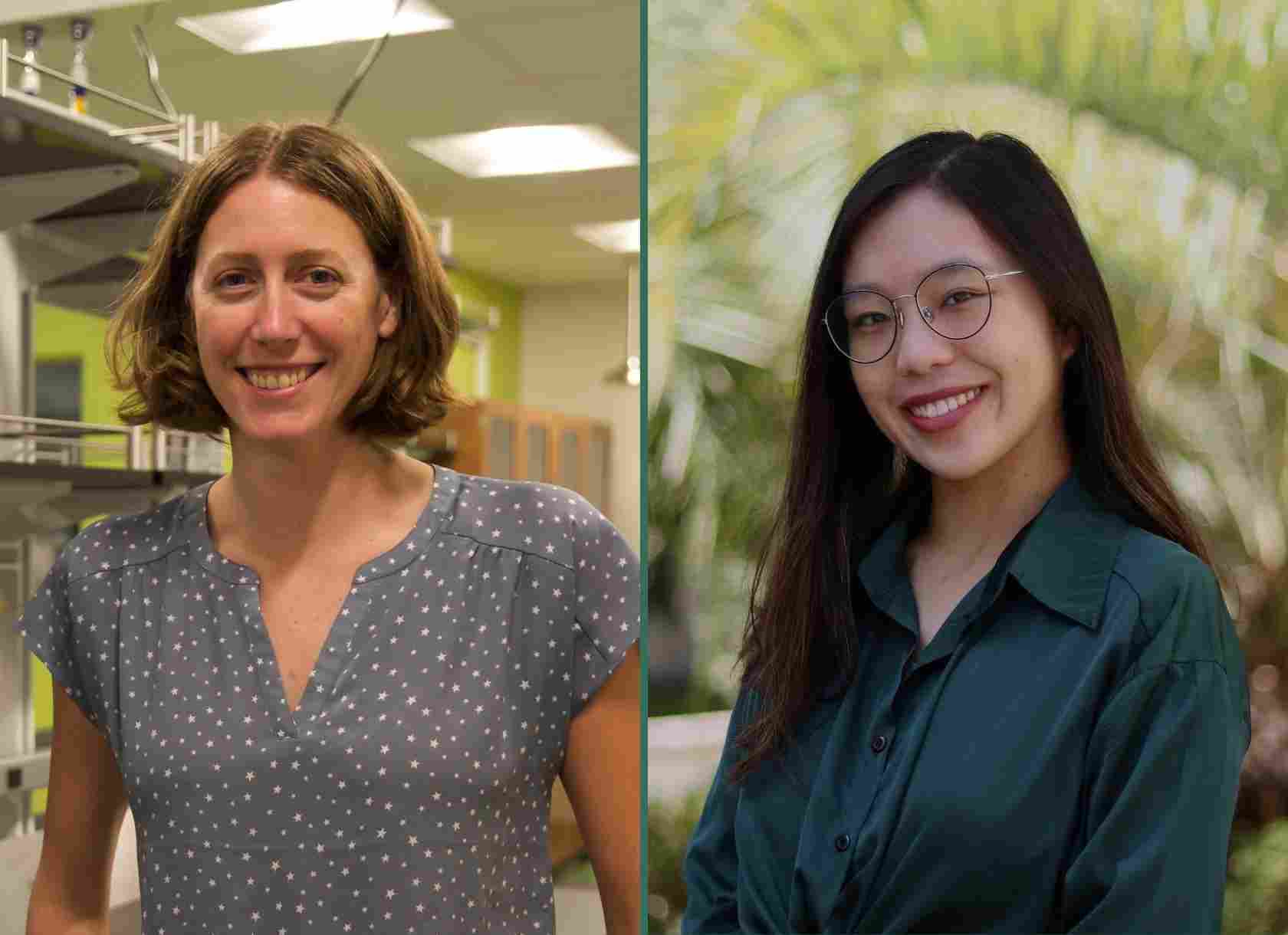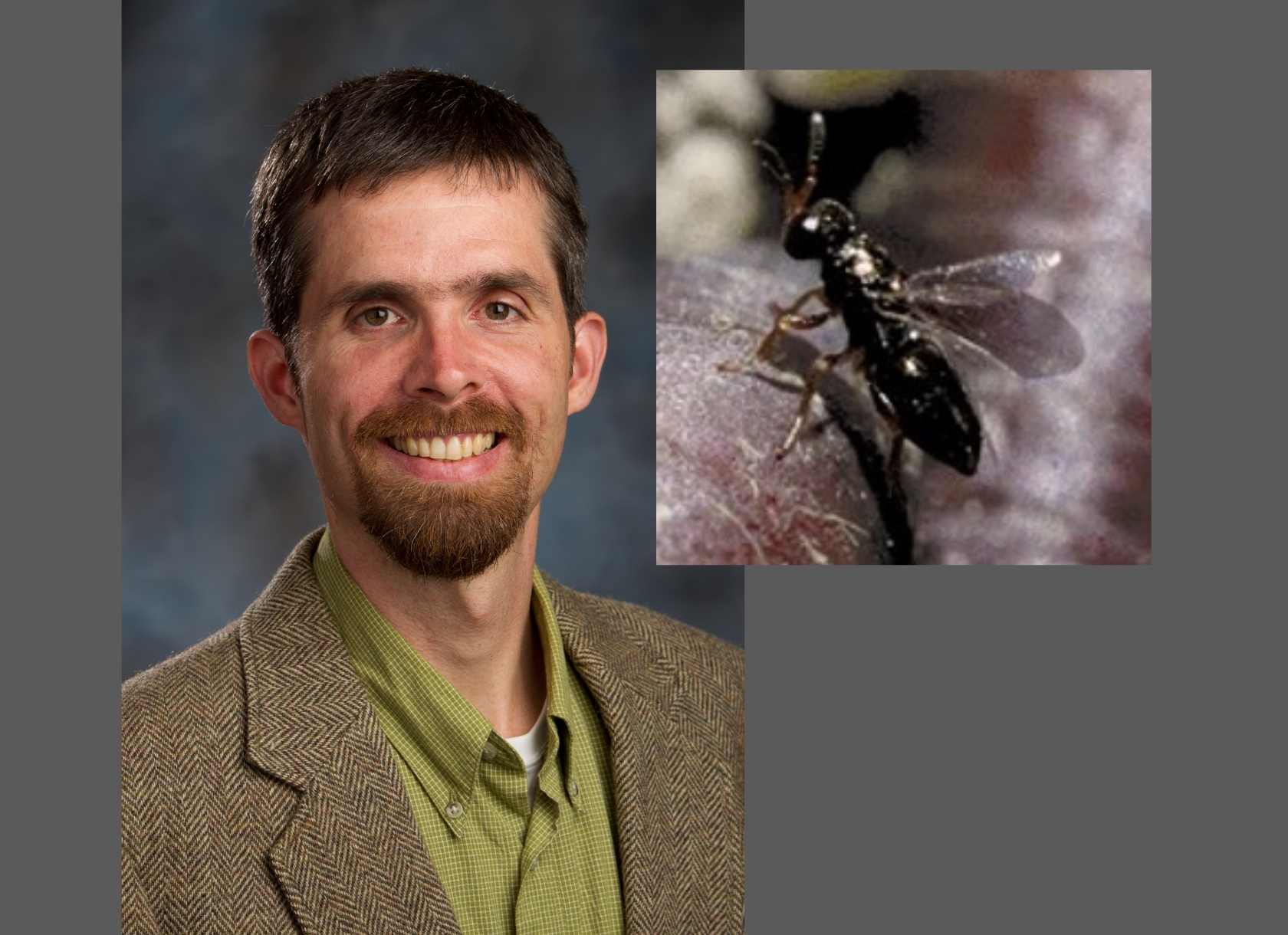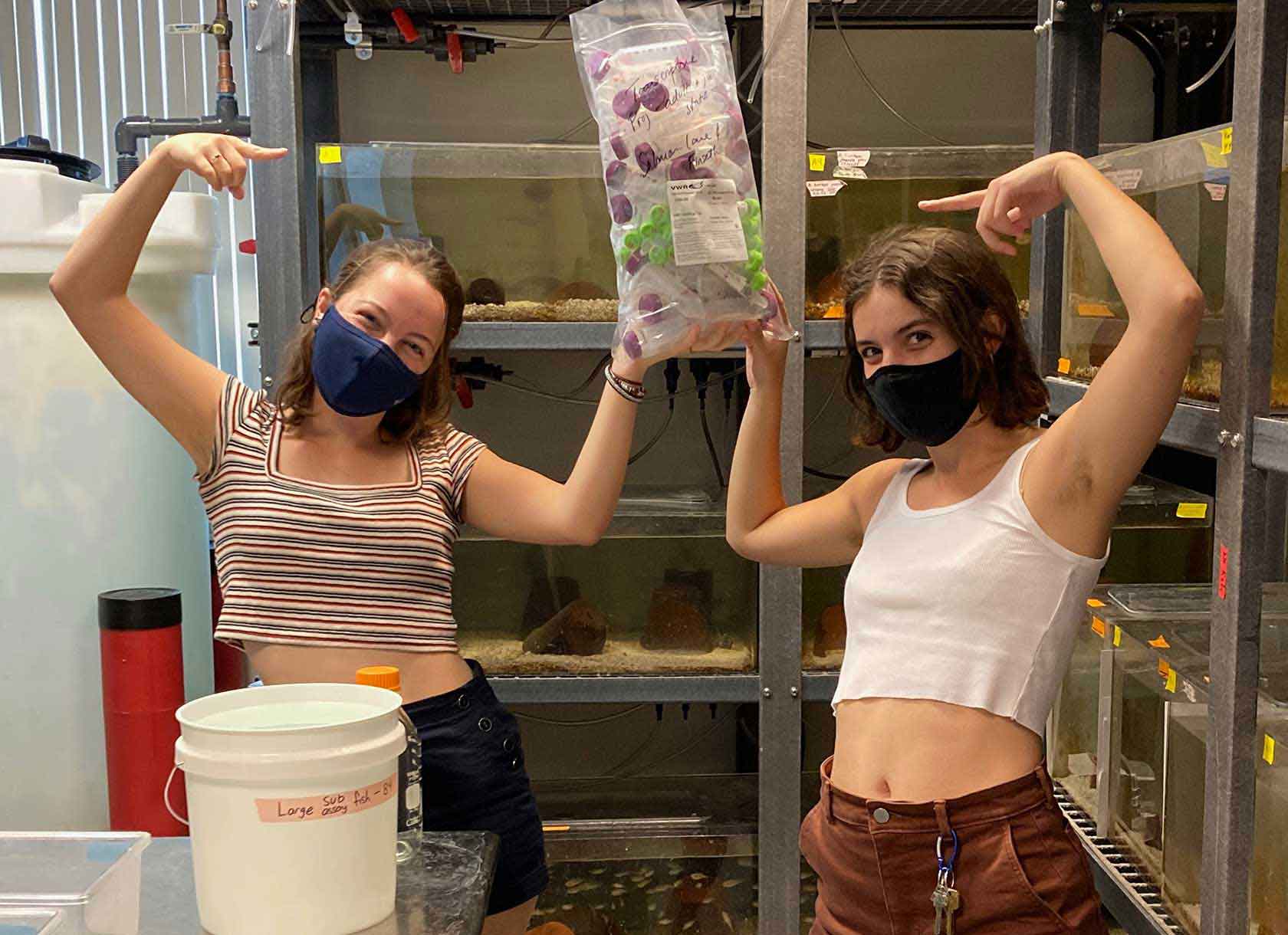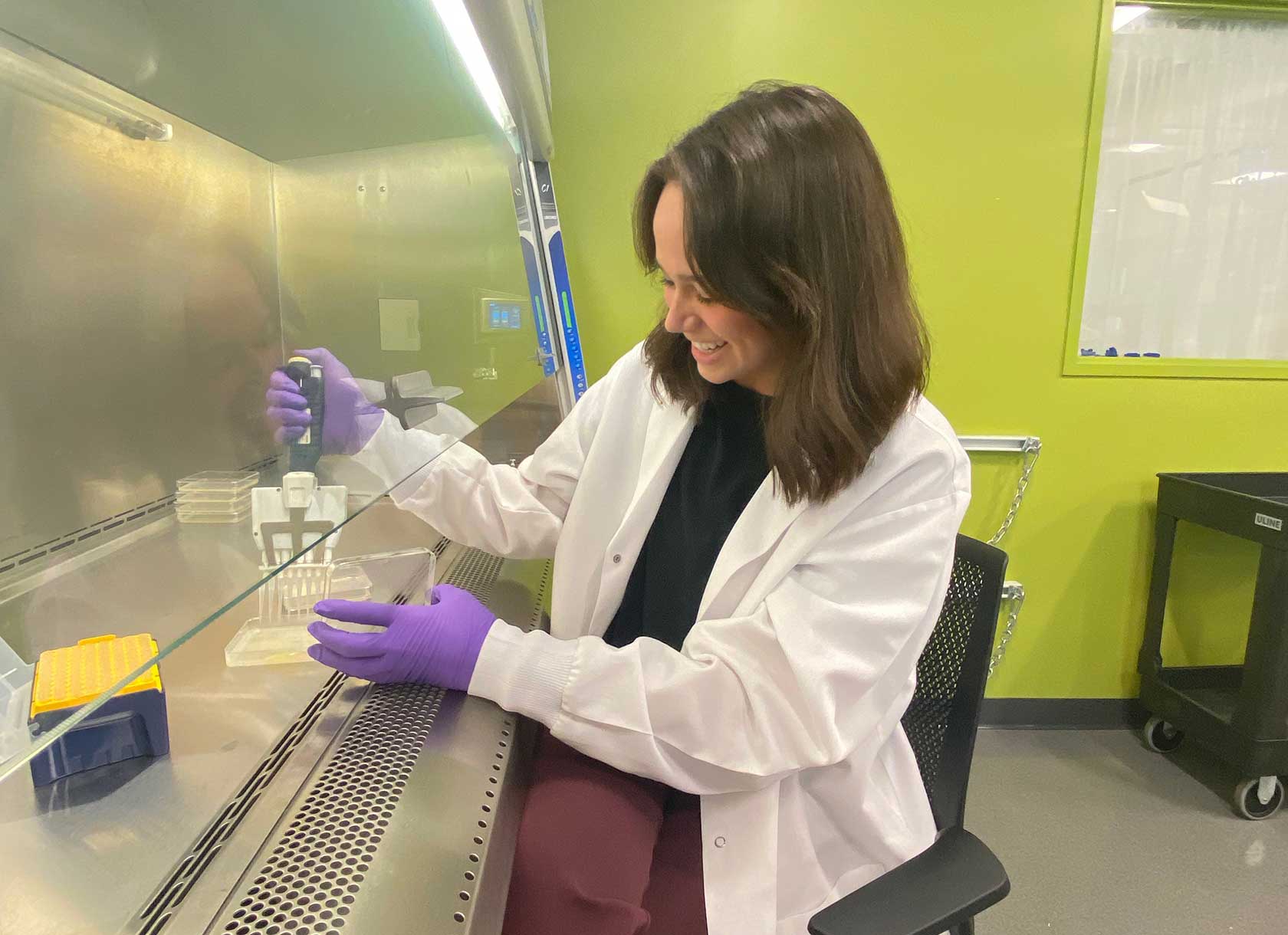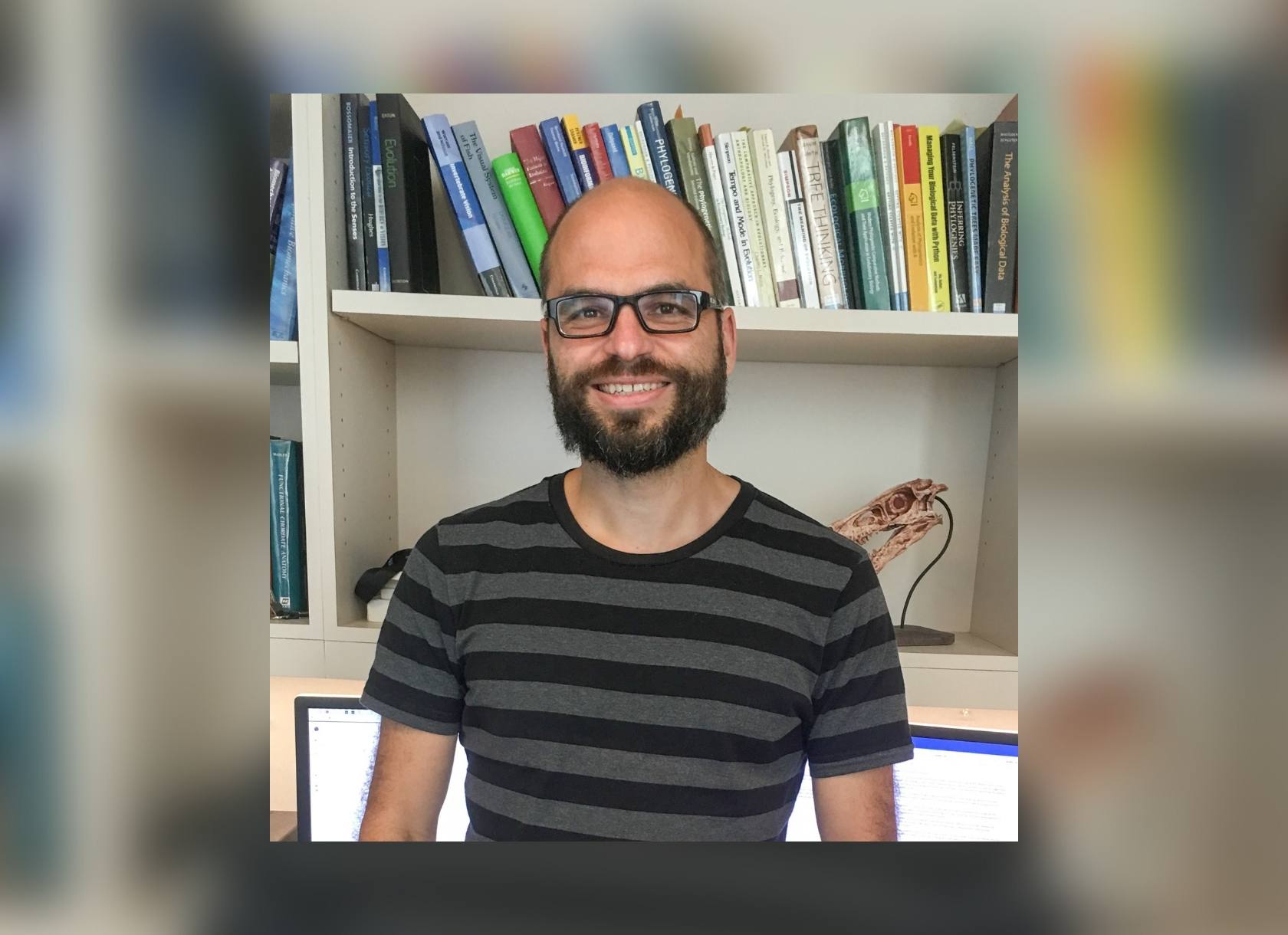STEM (page 5)
Spotlight on Faculty: Gautam Agarwal, Assistant Professor of Neuroscience
Assistant Professor of Neuroscience Gautam Agarwal discusses decision-making, the interdisciplinary nature of neuroscience, and electronic music.
Read MoreSpotlight on Alumnae: Rebecca Zabinsky ’09 Works to Create Sustainable Proteins
Rebecca Zabinsky ’09 is a senior scientist at The EVERY Company, an organization whose mission is to create a sustainable, ethical approach to making protein.
Read MoreSpotlight on Faculty: Bethany Caulkins, Assistant Professor of Chemistry
As part of our ongoing series on Scripps’ faculty, the Office of Marketing and Communications sat down with Bethany Caulkins to discuss science education, wildlife, and unexpected opportunities.
Read MoreMichael Spezio Co-Authors Nature Paper on Computational Neuroscience of Decision-Making
Michael Spezio, assistant professor of psychology, neuroscience, and data science, co-authored a paper, published in Nature, on the computational neuroscience of decision-making.
Read MoreMelissa Coleman Directs Summer Neuroscience Lab, Oversees Grass Lab Fellowships
Professor of Neuroscience Melissa Coleman led the Grass Fellowships in neuroscience lab this past summer. As director of the Grass Lab, Professor Coleman oversaw the independent research projects on animal systems carried out by postdoctoral fellows.
Read MoreStephanie Du ’21 Receives REPS Scholar Funding to Assist Sarah Budischak with National Science Foundation-Funded Fieldwork
Stephanie Du will serve as an NSF Research Experience for Post-Baccalaureate Students (REPS) scholar for the 2021–22 academic year. She’ll travel to Finland with Assistant Professor of Biology Sarah Budischak to study wild bank voles infected with a strain of hantavirus, a disease that can spread from rodents to humans.
Read MorePatrick Ferree Receives National Science Foundation Grant
W.M. Keck Science Department Associate Professor of Biology Patrick Ferree received a National Science Foundation (NSF) grant to study how certain “selfish” genetic elements alter inheritance patterns at the molecular level.
Read MoreSpotlight on Academics: Isabela Harmon ’22 and Jessica Maurice ’22 Explore the Social Hierarchies of Fish
For years, neuroscientists have been asking the deceptively simple question: Why do animals behave the way they do? Isabela Harmon ’22 and Jessica Maurice ’22 are working with Assistant Professor of Biology Tessa Solomon-Lane to fill in pieces of this puzzle.
Read MoreFor Anna Bagley ’22, Microbiology May be the Key to Cleaner Drinking Water
Anna Bagley ’22 is using microbiology to address one of the major environmental concerns facing our planet: water pollution. Bagley is working with Assistant Professor of Biology Pete Chandrangsu to research poly-γ-glutamate (PGA), a shiny, gooey substance that bacteria secrete to protect themselves from heavy metals like copper and zinc.
Read MoreLars Schmitz Co-Authors Paper on Ecomechanics and Evolution, Published in Cell
Associate Professor of Biology Lars Schmitz has co-authored a paper, published in Cell, on the role of ecomechanical models and functional traits in understanding phenotypic diversity.
Read More

